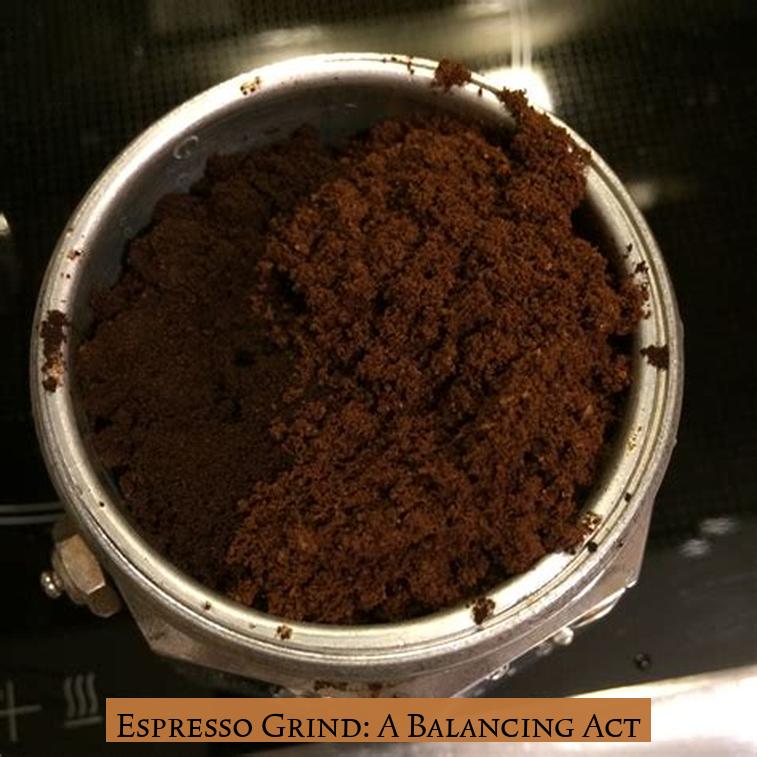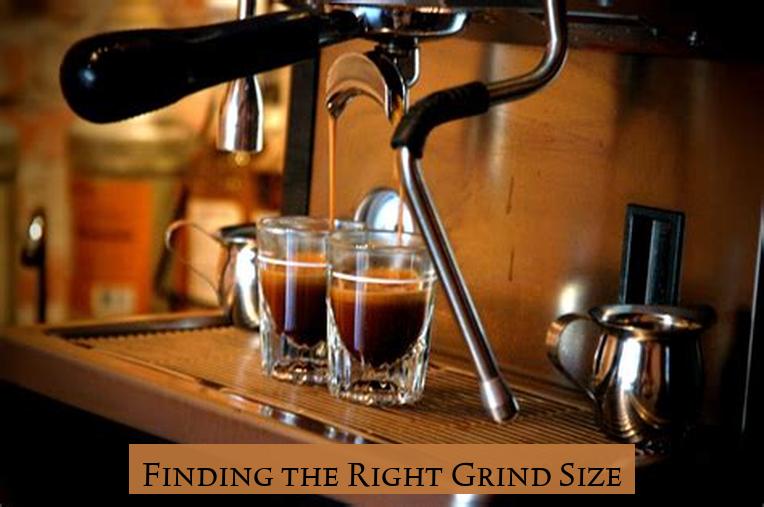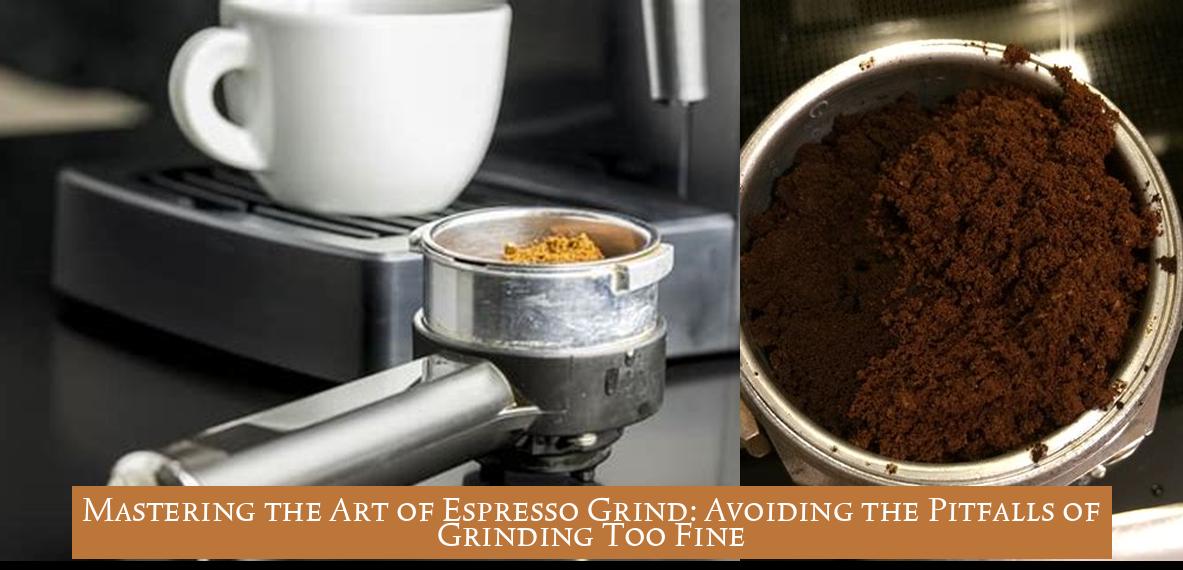Are you a coffee lover who’s been on a quest for the perfect espresso grind? Well, buckle up, because we’re about to dive into the balancing act of espresso grinding. And here’s a little secret for you – can espresso be ground too fine? Let’s uncover the perils of overly fine grinds, find the sweet spot for the perfect grind size, and dish out some tips to ensure your espresso game is on point. So grab your favorite mug and let’s brew up some knowledge!
Key Takeaways
- Espresso can be ground too fine, which can lead to clogging in the brew and cause pressure problems, slow downs, and damage to the machine.
- Grinding coffee for espresso to an extra fine consistency, like powdered sugar, is recommended for making a strong, concentrated drink.
- Overly fine coffee grinds can result in overextraction, leading to bitter, ashy flavors and a muddy mouthfeel in the cup.
- Using a fine grind is essential for proper extraction in espresso machines, as a coarse grind can result in a dull-tasting shot.
- Grinding coffee too fine can cause the grounds to settle and pack together in the machine’s basket, clogging the mesh and hindering water flow.
- It’s important to find the right balance in grind size to avoid damaging the machine and to achieve the desired flavor and strength of the espresso.
Espresso Grind: A Balancing Act

Espresso, a coffee brewing method known for its intense flavor and rich crema, relies heavily on the grind size of the coffee beans. While a fine grind is essential for optimal extraction, grinding the beans too finely can lead to a host of problems, both for the espresso machine and the resulting brew. Understanding the impact of grind size on espresso quality is crucial for achieving a balanced and flavorful cup.
The Perils of Overly Fine Grinds
Grinding espresso beans too finely can result in several detrimental consequences. Firstly, it can lead to clogging in the brew basket, obstructing the flow of water through the coffee grounds. This can cause pressure buildup in the machine, potentially damaging its components and hindering the extraction process.
Secondly, excessively fine grinds can result in overextraction, where too much of the coffee’s soluble components are dissolved into the water. This can lead to a bitter, ashy flavor and a muddy mouthfeel in the cup. The overextraction process also strips the coffee of its delicate aromatics, resulting in a flat and uninspired brew.
Thirdly, grinding coffee too finely can cause the grounds to settle and pack together in the machine’s basket, clogging the mesh and hindering water flow. This can lead to uneven extraction, resulting in a shot that is either too weak or too strong. It can also put excessive strain on the machine, potentially damaging its components.
Finding the Right Grind Size

To avoid these problems and achieve the perfect espresso, it is essential to find the right balance in grind size. The ideal grind for espresso should be fine enough to allow for proper extraction, yet coarse enough to prevent clogging and overextraction.
Trending — Unveiling McDonald’s McCafe Espresso: The Art of Premium Arabica Beans
A good starting point is to grind the coffee to the consistency of powdered sugar. This fine grind will provide the necessary surface area for optimal extraction while minimizing the risk of clogging. It is important to note that the ideal grind size may vary depending on the type of coffee beans used, the brewing machine, and personal preferences.
Tips for Achieving the Perfect Grind
To ensure a consistent and optimal grind size, consider the following tips:
- Use a burr grinder rather than a blade grinder. Burr grinders produce more uniform grinds, reducing the risk of overextraction and clogging.
- Experiment with different grind settings to find the one that produces the best results for your coffee and machine.
- If you are unsure about the grind size, start with a slightly coarser grind and gradually adjust it finer until you achieve the desired flavor and strength.
- Regularly clean your grinder to remove any residual coffee grounds that could affect the grind size.
Conclusion
While a fine grind is essential for proper espresso extraction, grinding the beans too finely can have detrimental consequences. Overly fine grinds can lead to clogging, overextraction, and machine damage. Finding the right balance in grind size is crucial for achieving a balanced and flavorful espresso. By following the tips outlined above, you can ensure that your espresso grind is always on point, allowing you to enjoy a consistently delicious and aromatic cup of coffee.
Can espresso be ground too fine?
Answer: Yes, espresso can be ground too fine, leading to clogging in the brew, pressure problems, slow downs, and potential damage to the machine.
Is espresso supposed to be ground fine?
Answer: Yes, for espresso, it is recommended to grind the coffee to an extra fine consistency, similar to powdered sugar, to make a strong, concentrated drink.
What happens if I grind my coffee too fine?
Answer: Grinding coffee too fine can result in overextraction, leading to bitter, ashy flavors and a muddy mouthfeel in the cup.
Can I use fine grind in an espresso machine?
Answer: Yes, for proper extraction in espresso machines, a fine grind is essential. Using a coarse grind can result in a dull-tasting shot.
What kind of ground coffee should I use for espresso machines?
Answer: Your coffee grind for espresso should be a ‘fine grind’ with the appearance and texture of flour. If it’s too coarse, the coffee won’t extract properly.
What are the potential consequences of grinding coffee too fine?
Answer: Grinding coffee too fine can cause the grounds to settle and pack together in the machine’s basket, clogging the mesh and hindering water flow, potentially damaging the machine.

